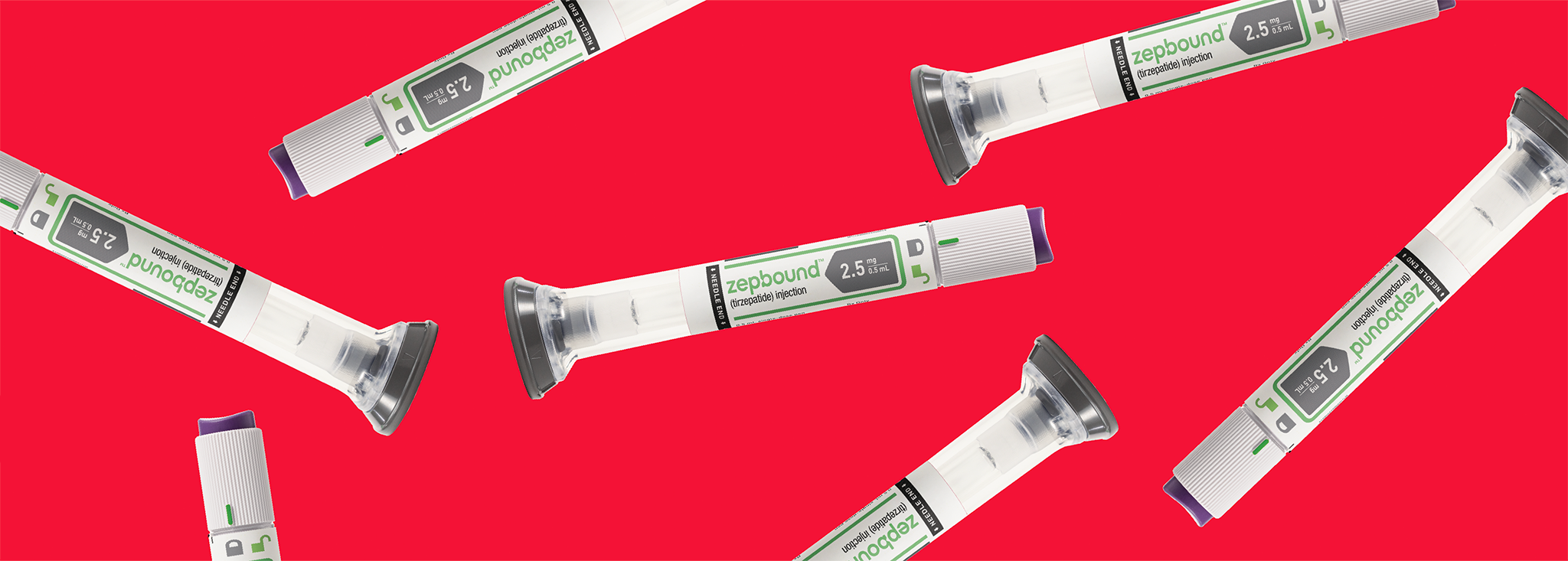How to Treat Cold and Flu with Type 2 Diabetes
Written by: Eugenia Araiza, CDE Nutritionist
6 minute read
November 8, 2019
A little under the weather? Take these precautions to treat the cold and flu while managing Type 2 diabetes.
The flu season has started and we’re seeing commercials on TV and doctors advising us to get our flu shot. But what exactly is influenza (flu) and how do we know if we distinguish between that and the common cold? Here’s the answer.
Influenza is a contagious respiratory disease caused by the influenza viruses that infect the nose, throat and can even pass on to the lungs. A person with influenza can spread it to other people for the first three to four days and may even be one day before symptoms appear and up to five to seven days after getting the illness.
Unlike influenza, the common cold can be caused by different types of viruses, usually harmless and symptoms usually go away in a few days.
When you live with diabetes, your immune system is weaker. As a result, you run a greater risk of contracting it than people without diabetes, giving way to the illness and symptomatology to continue or even worsen.
One way to prevent the flu is by getting vaccinated every year. Annual re-vaccination is important because changes are made to the vaccine that makes it suitable for the virus(es) present in that season.
Flu or Just a Common Cold?
| Signs and symptoms | Cold | Influenza |
| Onset of symptoms | Gradual onset | Sudden |
| Fever greater than 38°C | Rarely | Usual |
| Pain | Mild | Usual |
| Chills | Uncommon | Quite common |
| Fatigue, weakness | Sometimes | Usual |
| Sneezing | Common | Sometimes |
| Nasal congestion | Common | Sometimes |
| Sore throat | Common | Sometimes |
| Chest discomfort, cough | Mild to moderate | Common |
| Headache | Rarely | Common |
The symptoms for the common cold last a few days while symptoms of influenza usually last for more than a week. Flu symptoms are also more severe than those of a common cold.
Those of us who live with diabetes, even with good management of our glycemic levels, are more likely to have some flu complications such as pneumonia, bronchitis, sinusitis and ear infections. According to the Centers for Disease Control and Prevention (CDC) in the United States that about 30 percent of adults hospitalized for influenza had diabetes.
In addition to the specific problems of the flu, the infection can disrupt the body’s function to raise glucose and in some cases, a loss of appetite due to the flu can cause blood glucose levels to decrease.
Tips for Treating the Flu
If you have the flu, we have tips to help you treat it while managing diabetes:
- Continue to take diabetes control medications as usual (oral medications and/or insulin).
- Monitor your glucose every four hours and keep a record of the results, this may help your doctor and you to have a parameter so you can make adjustments for the medication if necessary.
- Drink plenty of fluids (water, tea) throughout the day to prevent dehydration and try to eat as you regularly would.
- Check your temperature, fever may be a sign of infection.
- Keep a written record of your glucose, medications, temperature and weight levels. You might even need to check if you have ketone in your urine if your blood glucose rises.
With the flu, the medication you are prescribed may make the disease less aggressive and make you feel better faster. The medication helps you avoid complications such as those mentioned above and by helping you recover faster, you reduce the possibility of uncontrolled blood glucose levels.
If you do not treat influenza, you are at risk of some complications and of getting worse because of the same illness, which may even cause death.
Influenza medication works best when it starts within the first two days of being sick, so it’s important to get in touch with your doctor if you notice that you have some of the symptoms mentioned.
If you live with diabetes, you need to consider starting treatment with antiviral medications as soon as possible, which should be prescribed by your doctor. There are three FDA-recommended antiviral medications: oseltamivir phosphate (available in generic or marketed version as Tamiflu®), zanamivir (brand name Relenza®), peramivir (brand name Rapivab®) and baloxavir marboxil (brand name Xofluza®). Ask your doctor about your options and how you should take them.
We also suggest that you have your doctor’s phone handy and also to call them (or go to the hospital) if you show:
- Moderate to high levels of ketone in urine. Though ketones in type 2 diabetes are rare, your doctor may have you check your urine if you’re sick.
- You can’t hold fluids for more than four hours (can’t stop vomiting).
- You lost more than 4 pounds (2 kg) while ill.
- Your blood glucose is less than 3.3 mmol/L60 mg/dL or remains above 13.9 mmol/L250 mg/dL.
- You feel nausea and cannot eat.
- You haven’t been able to hold food for more than 24 hours because of the vomiting.
- You’ve had severe vomiting or diarrhea for more than six hours.
- Your temperature is higher than 100° (38°C) for more than 24 hours.
- You have difficulty breathing.
- You feel sleepy or you can’t think straight. If you can’t think clearly or you feel very sleepy ask someone else to call your doctor or 911 right away.
When you’re under the weather, you may feel it is necessary to make certain adjustments in your day-to-day such as decreasing physical activity or adjustments to your diet such as avoiding carb-rich foods that could spike your blood sugar. You may also make adjustments to your medication to keep you within your desired range. All these adjustments can be made more quickly and easily with your doctor if you keep track of your glucose and other symptoms while you are sick.
Your doctor may also tell you to take certain over-the-counter medications that relieve cold/flu symptoms such as acetaminophen (Tylenol), Advil and naproxen (Aleve). There are other over-the-counter medications, however, you should talk to your doctor about the possibility of using them as most of them contain sugar which should be considered for blood glucose control.

Author
Eugenia Araiza, CDE Nutritionist
Eugenia has a degree in diabetes nutrition and she is a diabetes educator. She was diagnosed with type 1 diabetes 23 years ago, she is the creator of Healthy Diabetes. She enjoys studying and helping others manage their different types of diabetes. She loves the studies and management of type 1 diabetes and nutrition. She enjoys writing especially about the impact of diabetes on her life. She lives surrounded by love with a family integrated by Luis Felipe, who lives with latent autoimmune diabetes in adults (LADA) type diabetes and their teenage son, Indigo.
Related Resources

Between the rising cost of food, paying for diabetes medications and other living expenses, you...
Read more

Getting a type 2 diabetes (T2D) diagnosis can be overwhelming, scary and lead to many...
Read more

On November 8th, 2023, Eli Lilly and Company’s Zepbound (tirzepatide) received FDA approval as the...
Read more

